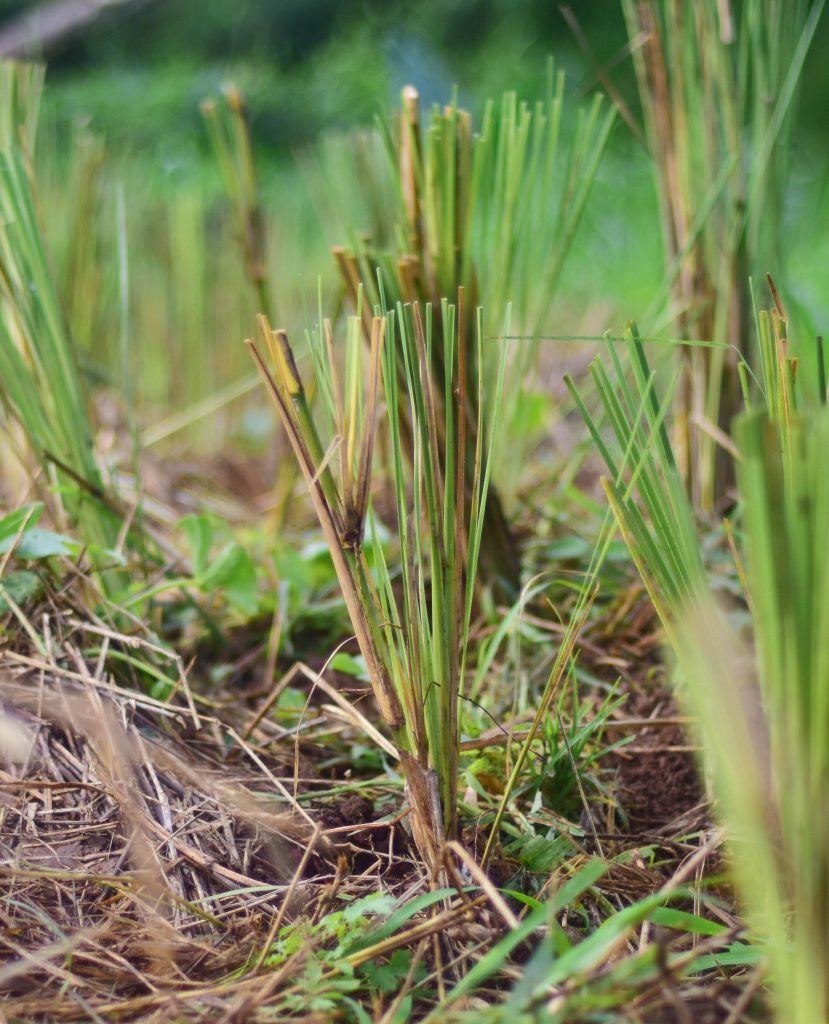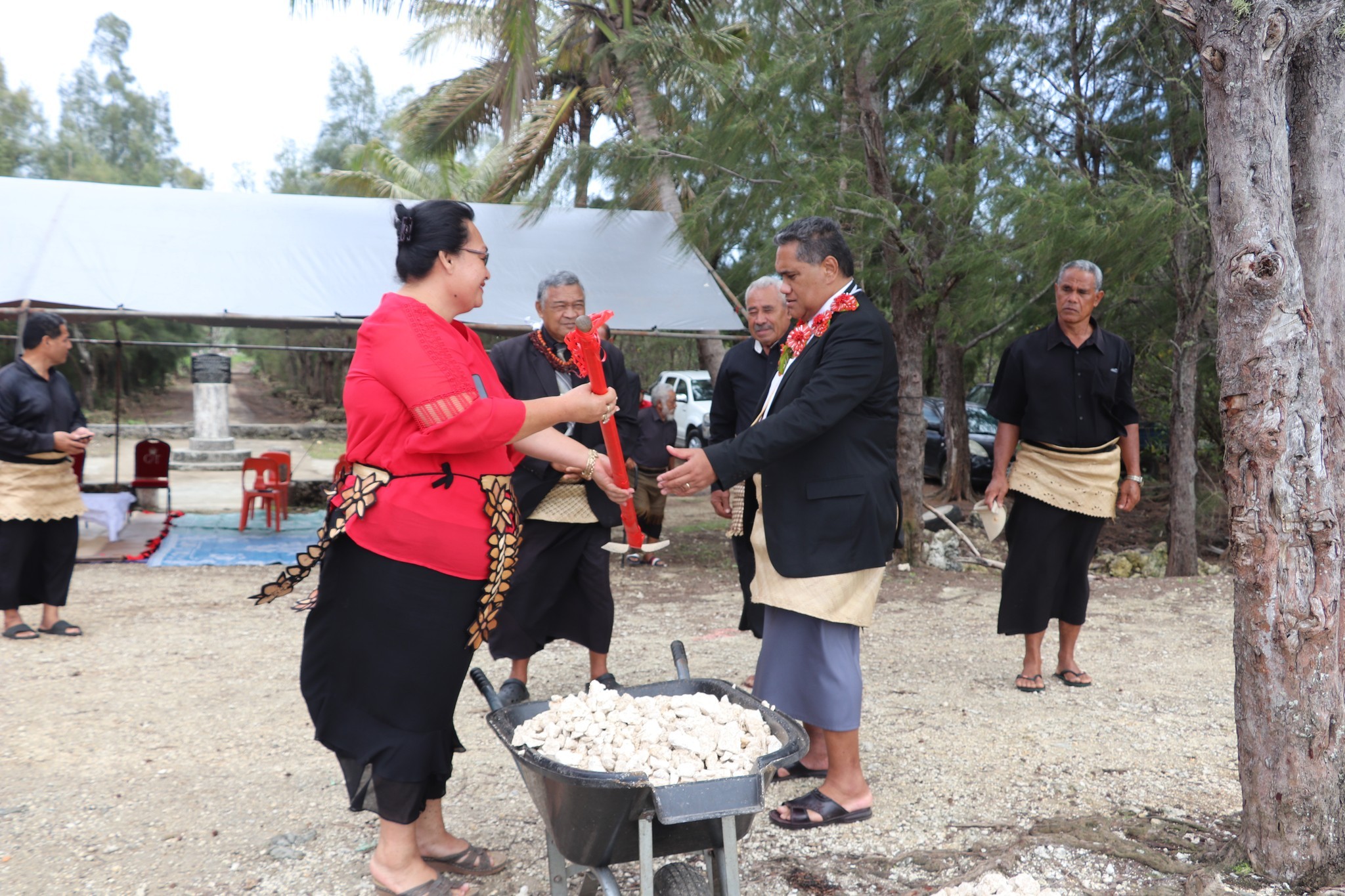Building community resilience – Planting vetiver grass
On 30th July 2022, at the break of dawn, the village of Vunivau became a hive of activity as members of the community gathered to plant vetiver grass along the Nasuva creek. This marked the first on-ground implementation of the Soasoa/Vunivau/Basoga Integrated Watershed Management Plan (IWMP).
Located seven kilometres from the hustle and bustle of Labasa town in the northern division of Fiji, the little thriving village of Vunivau and their neighboring communities are leading the charge in implementing nature-based solutions to scale up adaptation and build resilience to climate change.
In recent years, the lack of appropriate infrastructure, poor solid waste management, riverbank erosion and sedimentation together with the impacts of climate change have caused major flooding in these communities. Frequent flooding events have continued to threaten their daily livelihoods with increased exposure to diseases such as dengue fever, typhoid and leptospirosis.
The European Union funded Global Climate Change Plus Scaling Up Pacific Adaptation (GCCA+ SUPA) project together with the Fiji Ministry of Waterways have been building a working relationship with these communities to identify nature-based solutions to address some of these problems.

Through an awareness and consultation session, community members have selected vetiver grass as a nature-based solution to control soil erosion and sedimentation of the Nasuva creek that will, in the future, help reduce the impacts of flooding in the area.
With the ability to adapt to different environmental conditions and soil types, the inexpensive tropical vetiver grass has an extensive fibrous root system which penetrates deep down into different layers of soil textures at great depth. Dubbed the ‘miracle grass’ its fibrous roots can hold soil particles together and help control soil erosion.
A 90-metre stretch of riverbank parallel to the Nasuva Creek near Vunivau village was identified as the site for the planting of the Vetiver grass.
More than 300 seedlings was provided by the Ministry of Waterways’ vetiver nursery and transported to the riverbank site. With the assistance of the Ministry’s staff, two rows of vetiver were planted with 40-60cm between them. The distance between each seedling was 20-40cm.

“The SUPA Project has not only brought the villagers of Vunivau together, but also the wider communities as a whole including the women, youth and children in planting the vetiver grass,” says Mareta Vukiwai, the President of the Vunivau Women’s Group.
“Our community has really put in the effort to plant vetiver without having to wait on anyone else to do the hard work for us,” she added.
Mr. Jese Midralawa, the Vunivau village headman, explained “At the end of every month, we do village cleaning. Part of the plan is too also look after the vetiver grass. So, whenever we clean the village, we will clean areas surrounding the vetiver grass and see that there is no overgrown grass.”
The IWMP is available on the website and was developed through extensive consultations with a wide range of stakeholders including communities, farmers, the private sector, civil society organizations and government departments combined with the best scientific knowledge. Copies of the document were handed over to the community members of Vunivau village after the successful planting of the vetiver grass.
- Posted by
- jovesan
Share




